Across the world, certain paths call to us with an almost magnetic pull – drawing hikers, adventurers, and wanderers from across continents to experience their unique magic. From the ancient Camino de Santiago to the rugged Pacific Crest Trail, iconic trails hold a special place in our collective imagination. But what exactly elevates a simple footpath to legendary status? The answer lies in a complex interplay of historical significance, breathtaking landscapes, cultural importance, and the transformative experiences they offer travelers. These extraordinary routes tell stories of human history, showcase nature’s grandeur, and continue to shape the lives of those who walk them. By examining what makes certain trails iconic, we gain insight into our deep connection with landscapes and our perpetual desire to journey through them.
The Historical Significance Factor

Perhaps the most fundamental element that elevates a trail to iconic status is its historical significance – the weight of human stories accumulated over generations of use. The Inca Trail to Machu Picchu, for example, isn’t merely a picturesque hiking route but an ancient highway system that connected a vast empire, designed with sophisticated engineering that still impresses modern architects. Similarly, Japan’s Nakasendo Way served as a vital artery during the Edo period, connecting Tokyo and Kyoto while passing through 69 post towns where travelers would rest. The Appalachian Trail, though younger, carries the legacy of Depression-era conservation efforts and embodies America’s unique relationship with wilderness. These historical layers create an experiential depth that transcends simple recreation, allowing modern hikers to literally walk in the footsteps of their ancestors.
Spectacular Natural Landscapes

Iconic trails invariably showcase exceptional natural beauty, often serving as pathways through some of Earth’s most spectacular environments. The Torres del Paine Circuit in Patagonia presents hikers with jagged mountain peaks, enormous glaciers, and turquoise lakes that seem almost otherworldly in their perfection. New Zealand’s Milford Track guides adventurers through temperate rainforests and past thundering waterfalls in a landscape so pristine it appears untouched by time. Nepal’s Annapurna Circuit provides access to the breathtaking heights of the Himalayas, with dramatic elevation changes that take trekkers through multiple ecological zones. The power of these landscapes lies not just in their visual beauty but in their ability to inspire awe and perspective – reminding us of our small place in the natural world while simultaneously connecting us more deeply to it.
Cultural Importance and Spiritual Connections
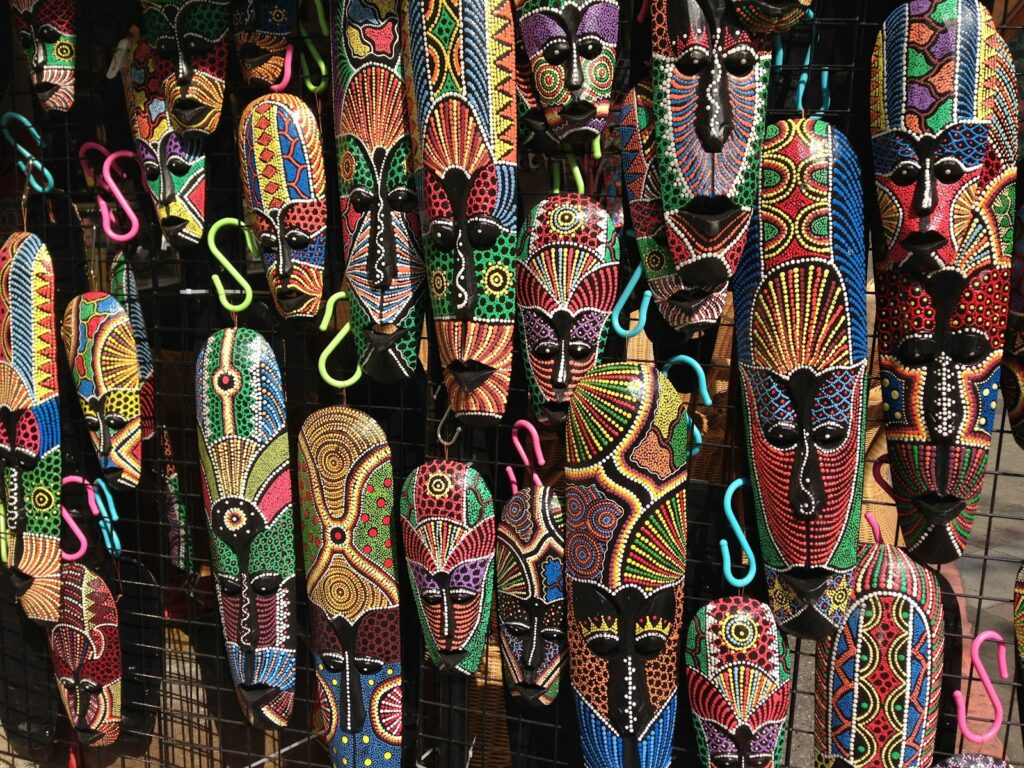
Many iconic trails transcend mere recreation to become pathways of profound cultural or spiritual significance. The Camino de Santiago in Spain has served pilgrims for over a millennium, with countless feet wearing smooth stones as seekers journey toward Santiago de Compostela. Japan’s Kumano Kodo pilgrimage routes have connected sacred sites for over 1,000 years, embodying the unique syncretic relationship between Shintoism and Buddhism. In Australia, numerous songlines trace the ancient pathways of Aboriginal peoples, containing within their routes the stories, laws, and cultural knowledge passed down through generations. These culturally significant trails offer more than beautiful views – they provide frameworks for transformation, connection to tradition, and spaces for contemplation that modern life rarely accommodates. The enduring appeal of these routes speaks to a human need for meaning that persists across civilizations and centuries.
The Challenge Factor

An element that frequently distinguishes iconic trails is the challenge they present to those who walk them. The Pacific Crest Trail’s 2,650 miles through deserts, mountains, and forests demands months of commitment and physical endurance that transforms hikers in ways that extend far beyond physical fitness. The Snowman Trek in Bhutan is renowned as one of the world’s most difficult, crossing 11 passes above 16,000 feet in high-altitude conditions that test even experienced mountaineers. Even shorter routes like Peru’s Santa Cruz Trek compress significant challenges into their length, with high altitude passes that push trekkers to their limits. This element of challenge creates a rite-of-passage quality that deepens the trail experience, as conquering difficulties becomes part of the narrative that hikers carry with them long after the journey ends.
Literary and Artistic Legacy

The stories told about trails – whether in literature, film, art, or oral tradition – significantly contribute to their iconic status by extending their reach beyond those who physically walk them. John Muir’s passionate writings about the Sierra Nevada helped establish both the trail named after him and the larger concept of wilderness preservation in American consciousness. Cheryl Strayed’s memoir “Wild” transformed the Pacific Crest Trail from a specialized backpacking route into a metaphor for personal healing recognized by millions. Jack Kerouac’s “The Dharma Bums” painted the trails of the Sierra Nevada as pathways to enlightenment for a generation of seekers. These narrative framings create powerful lenses through which hikers experience trails, with literary associations often informing expectations and interpretations of the landscape. The relationship between trails and their stories is reciprocal – the physical path inspires the narrative, which in turn reshapes how the trail is perceived and experienced.
Accessibility and Infrastructure
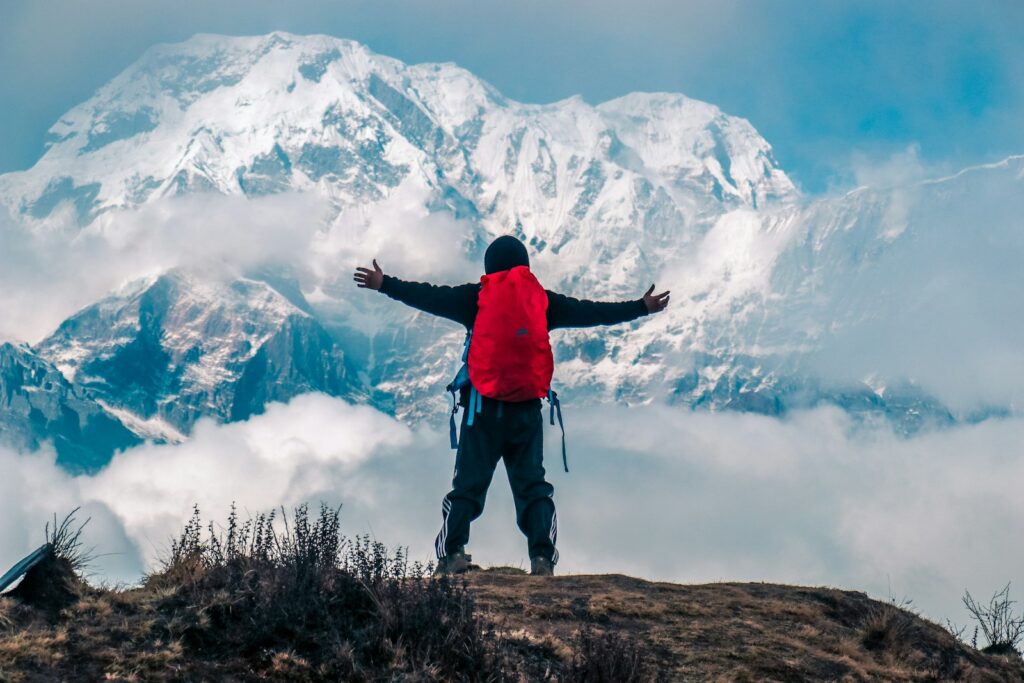
While remoteness can enhance a trail’s mystique, truly iconic routes typically maintain a delicate balance between wilderness and accessibility that makes them attainable dreams rather than impossible fantasies. The Tour du Mont Blanc winds through three countries with a network of mountain huts that allow hikers to complete the circuit without carrying camping gear, making alpine adventure accessible to a broader range of people. The West Highland Way in Scotland complements its rugged beauty with strategically placed villages where walkers can find accommodation and supplies. Even challenging routes like the Annapurna Circuit feature teahouses at regular intervals, creating cultural contact points while providing essential services. This infrastructure, when developed sensitively, democratizes access to extraordinary landscapes while often providing economic benefits to local communities, creating a sustainable relationship between trails, trekkers, and the people who call these regions home.
Ecological Diversity and Biological Uniqueness
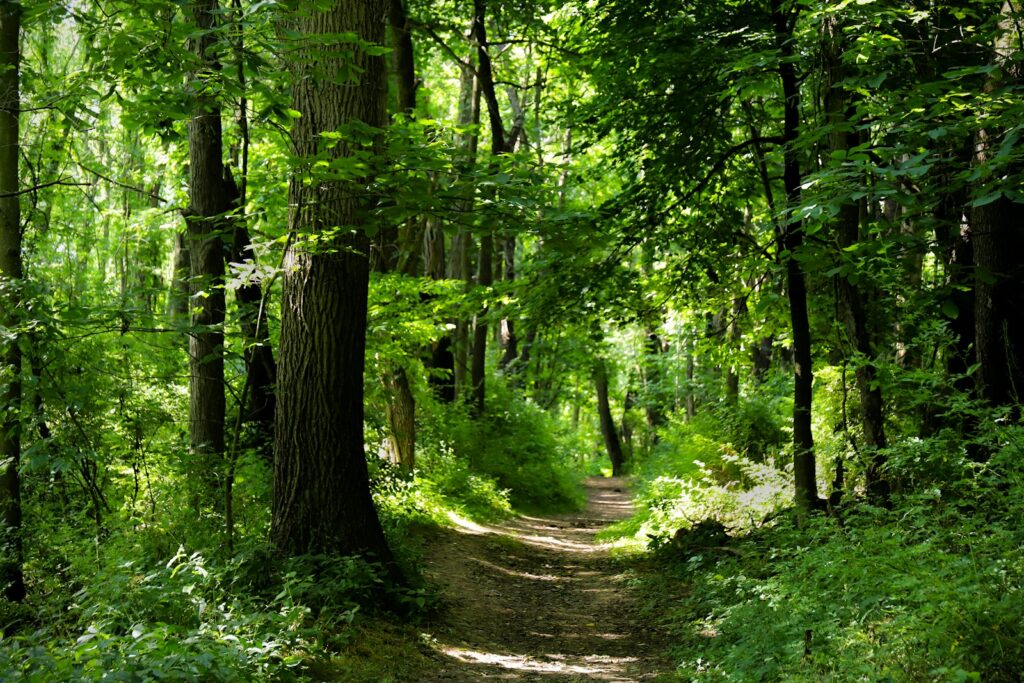
Many iconic trails serve as transects through exceptional biodiversity, allowing hikers to witness remarkable ecological transitions and unique biological environments. Costa Rica’s Sendero Pacifico passes through five major ecological zones within just 74 kilometers, showcasing the country’s remarkable biological diversity. Australia’s Overland Track in Tasmania presents walkers with landscapes found nowhere else on Earth, from alpine meadows dotted with endemic cushion plants to ancient rainforests with species dating back to Gondwanaland. The Appalachian Trail’s north-south orientation creates a “green tunnel” that allows hikers to experience the equivalent of walking from Georgia to Maine in plant communities, with spring literally following them northward during a thru-hike. This biological richness adds layers of discovery to the hiking experience, particularly when trails are designed to showcase ecological transitions and unique environments that tell the story of a region’s natural history.
Community and Trail Culture
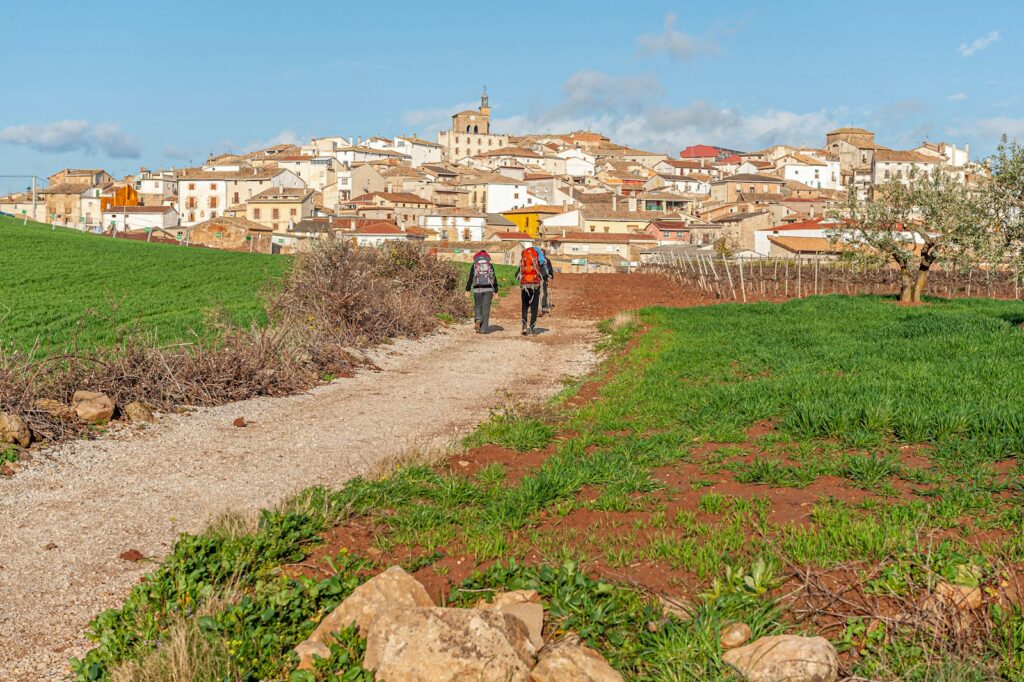
The most iconic long-distance trails often generate distinctive cultures and communities that become integral to their identity and appeal. The Appalachian Trail’s robust “trail culture” includes colorful traditions like trail names, trail magic (unexpected acts of kindness from strangers), and a shared ethos that creates instant bonds among hikers from diverse backgrounds. Spain’s Camino de Santiago has developed a unique pilgrim culture with its own vocabulary, rituals, and communal experiences centered around albergues (pilgrim hostels) where strangers become temporary families. The Pacific Crest Trail maintains a vibrant online community that shares real-time information, supports fellow hikers, and perpetuates the trail’s distinctive culture. These social dimensions transform solitary walks into collective experiences, creating communities united by shared challenges and a common language of experience that transcends national and cultural boundaries.
Transformative Personal Experiences
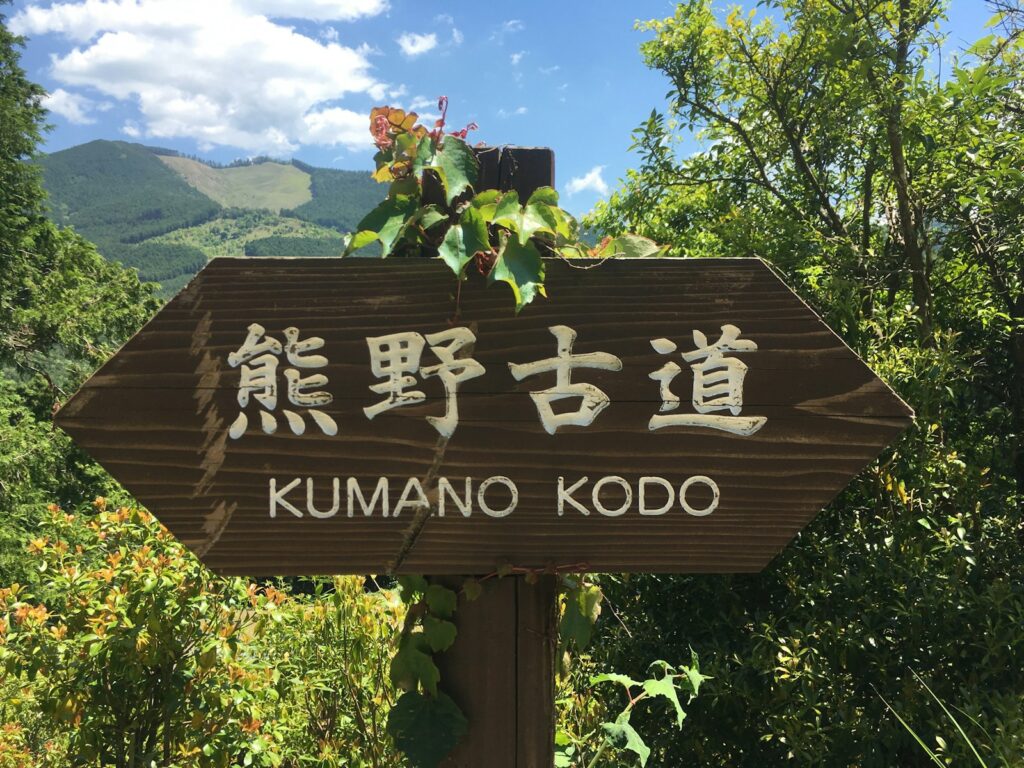
Perhaps the most powerful quality of iconic trails is their capacity to facilitate profound personal transformation, serving as settings for journeys that are as internal as they are external. The long, meditative days of the Camino de Santiago have provided space for countless pilgrims to process grief, make major life decisions, or reconnect with forgotten aspects of themselves. The isolation and physical demands of the Pacific Crest Trail have helped hikers break addictions, heal from trauma, or gain clarity about their life direction. The Kumano Kodo’s ancient paths through forested mountains create a liminal space where pilgrims report experiencing shifts in perspective that persist long after returning home. These transformative qualities often operate through a combination of physical challenge, removal from daily routines, connection with natural rhythms, and the contemplative space created by walking for hours each day – together creating a potent environment for personal growth and self-discovery.
Protection Status and Conservation Importance

Many iconic trails gain significance through their role in conservation efforts, sometimes serving as the backbone for protected area systems or as symbols of wilderness preservation. The Pacific Crest Trail not only passes through numerous national parks and wilderness areas but helped inspire their creation and continues to serve as a conservation corridor linking protected ecosystems. New Zealand’s Great Walks represent the crown jewels of the country’s conservation estate, showcasing landscapes deemed worthy of the highest protection status. The Appalachian Trail helped pioneer the concept of volunteer-maintained long-distance paths and demonstrates how trails can create constituencies for conservation across diverse regions. This conservation dimension adds depth to the trail experience, allowing hikers to participate in a larger story of environmental protection while experiencing firsthand the value of the landscapes being preserved.
Distinctive Physical Features and Landmarks
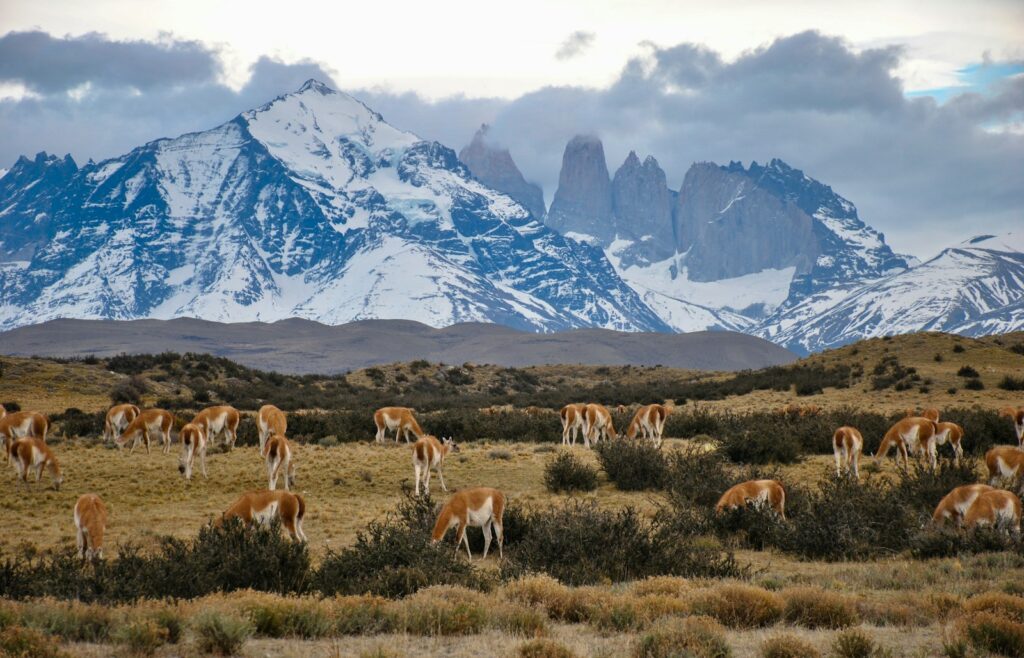
Iconic trails frequently feature signature landmarks or distinctive physical characteristics that become symbolic representations of the entire route. The dramatic spires of Torres del Paine are more than just beautiful mountains – they’re instantly recognizable symbols that evoke the entire experience of the circuit trail. Machu Picchu serves as the ultimate destination and reward for those who complete the Inca Trail, its iconic silhouette representing the culmination of physical effort and historical immersion. Half Dome looms large in the imagination of John Muir Trail hikers, while Katahdin represents the emotional and physical endpoint for northbound Appalachian Trail thru-hikers. These landmark features create powerful focal points that organize the trail experience narratively and emotionally, providing natural climaxes to the journey and serving as shorthand representations for marketing and communication about the trails.
Seasonal Variations and Timing Rituals
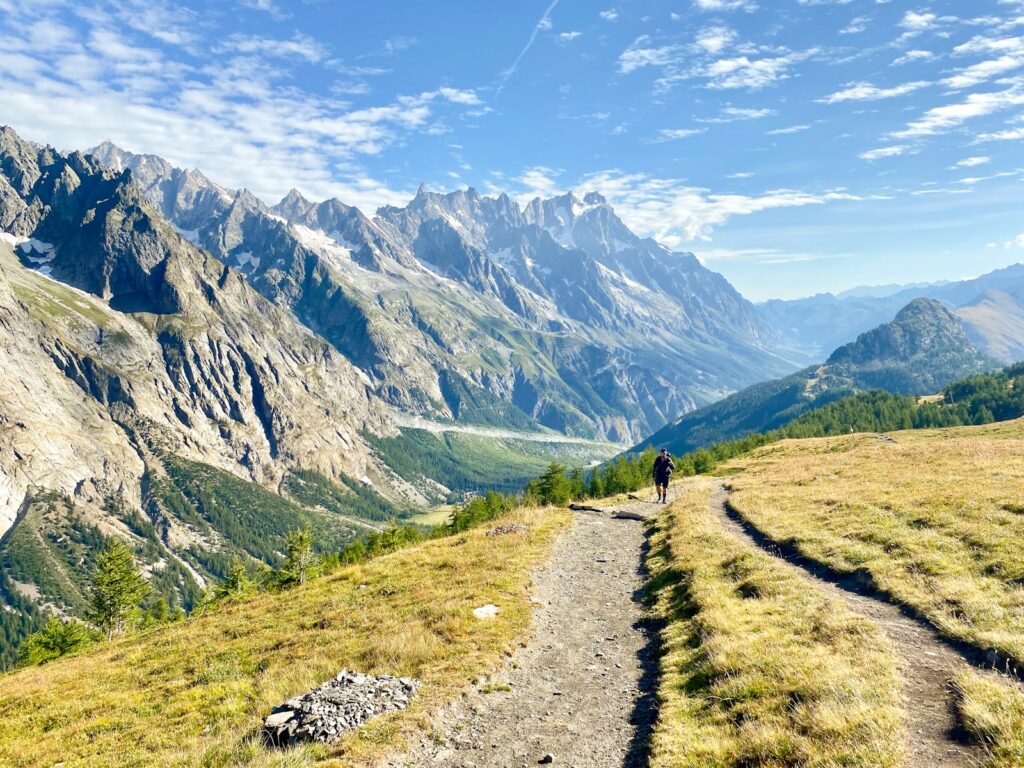
Many iconic trails develop distinctive temporal rhythms and seasonal traditions that become part of their identity and appeal. The Appalachian Trail has an established northbound “bubble” of hikers who begin in spring at Springer Mountain, creating a mobile community that moves up the eastern United States with the warming weather. The Tour du Mont Blanc operates primarily in a counterclockwise direction during summer months, with most hikers starting from Les Houches in a pattern that has become traditional. Japan’s ancient Kumano Kodo pilgrimage routes feature seasonal highlights like spring cherry blossoms and autumn maple leaves that have been celebrated by pilgrims for centuries. These temporal patterns create shared experiences and traditions that bind trail communities across generations while connecting human movement to natural cycles and seasonal changes in the landscape.
Modern Adaptation and Evolving Legacy

The most enduring iconic trails demonstrate remarkable adaptability, continuously evolving while maintaining their essential character and cultural significance. The Camino de Santiago has transformed from a purely religious pilgrimage to a trail that welcomes secular seekers, spiritual wanderers, and recreational hikers while preserving its historical infrastructure and ritualistic elements. The Inca Trail balances tourism pressure with conservation through permit systems and regulations that help preserve both the archaeological sites and the natural environment. The Appalachian Trail has adapted to increasing popularity by developing designated camping areas, implementing leave-no-trace education, and establishing systems for managing human impact. This capacity for adaptation ensures that iconic trails remain relevant across generations while continuing to provide authentic experiences that connect modern hikers with historical pathways and natural landscapes.
What transforms an ordinary path into an iconic trail is a unique alchemy of elements – historical depth, natural beauty, cultural significance, personal challenge, and the power to facilitate transformation. The world’s most beloved trails offer more than simple passage through landscape; they provide journeys through time, culture, and self-discovery. As physical manifestations of our enduring relationship with landscape and movement, iconic trails represent something fundamental in human experience – the desire to journey, to challenge ourselves, to connect with something larger than our individual lives. Whether walking ancient pilgrimage routes or modern long-distance paths, travelers on iconic trails participate in a tradition that spans centuries and cultures, finding their own stories within the broader narrative of human movement through meaningful landscapes. In an increasingly virtual world, these physical pathways offer authentic experiences that continue to resonate with profound importance.

